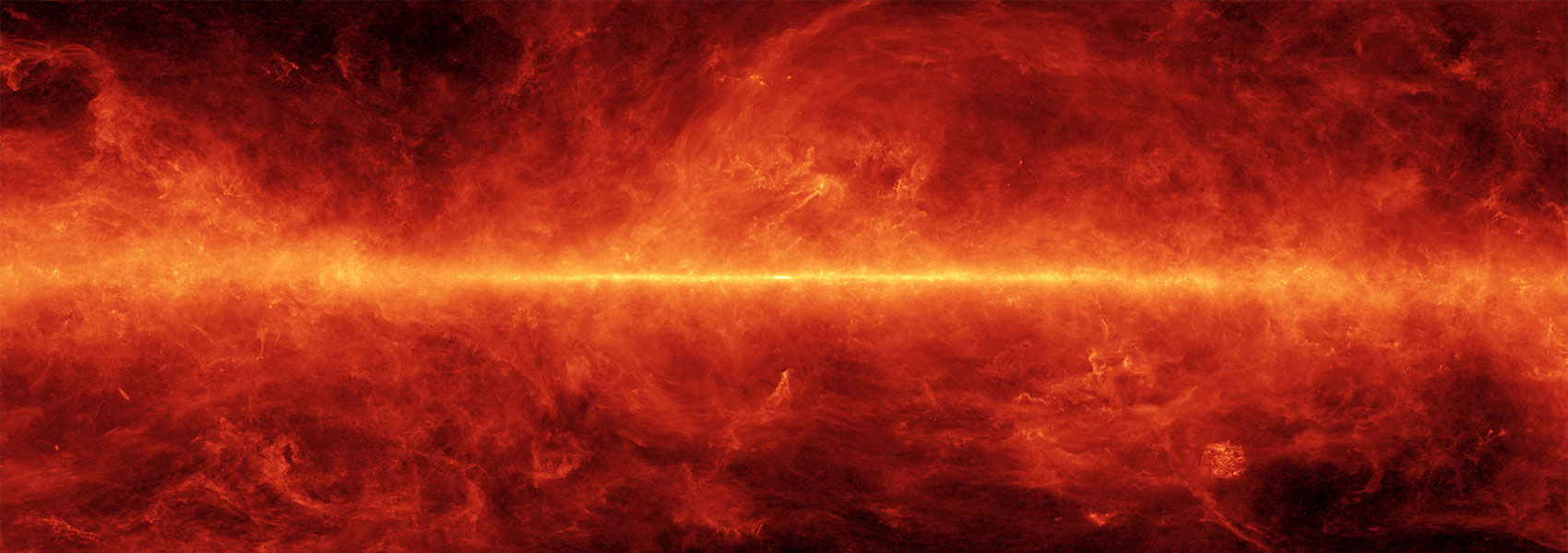October
2020
•
2020AJ....160..193D
Authors
•
Dai, Fei
•
Roy, Arpita
•
Fulton, Benjamin
•
Robertson, Paul
•
Hirsch, Lea
•
Isaacson, Howard
•
Albrecht, Simon
•
Mann, Andrew W.
•
Kristiansen, Martti H.
•
Batalha, Natalie M.
•
Beard, Corey
•
Behmard, Aida
•
Chontos, Ashley
•
Crossfield, Ian J. M.
•
Dalba, Paul A.
•
Dressing, Courtney
•
Giacalone, Steven
•
Hill, Michelle
•
Howard, Andrew W.
•
Huber, Daniel
•
Kane, Stephen R.
•
Kosiarek, Molly
•
Lubin, Jack
•
Mayo, Andrew
•
Mocnik, Teo
•
Akana Murphy, Joseph M.
•
Petigura, Erik A.
•
Rosenthal, Lee
•
Rubenzahl, Ryan A.
•
Scarsdale, Nicholas
•
Weiss, Lauren M.
•
Van Zandt, Judah
•
Ricker, George R.
•
Vanderspek, Roland
•
Latham, David W.
•
Seager, Sara
•
Winn, Joshua N.
•
Jenkins, Jon M.
•
Caldwell, Douglas A.
•
Charbonneau, David
•
Daylan, Tansu
•
Günther, Maximilian N.
•
Morgan, Edward
•
Quinn, Samuel N.
•
Rose, Mark E.
•
Smith, Jeffrey C.
Abstract
•
We report the measurement of a spectroscopic transit of TOI-1726c, one of two planets transiting a G-type star with V = 6.9 in the Ursa Major Moving Group (∼400 Myr). With a precise age constraint from cluster membership, TOI-1726 provides a great opportunity to test various obliquity excitation scenarios that operate on different timescales. By modeling the Rossiter-McLaughlin (RM) effect, we derived a sky-projected obliquity of $-{1}_{-32}^{{+35}^\circ} $ . This result rules out a polar/retrograde orbit and is consistent with an aligned orbit for planet c. Considering the previously reported, similarly prograde RM measurement of planet b and the transiting nature of both planets, TOI-1726 tentatively conforms to the overall picture that compact multitransiting planetary systems tend to have coplanar, likely aligned orbits. TOI-1726 is also a great atmospheric target for understanding differential atmospheric loss of sub-Neptune planets (planet b 2.2 R⊕ and c 2.7 R⊕ both likely underwent photoevaporation). The coplanar geometry points to a dynamically cold history of the system that simplifies any future modeling of atmospheric escape.
Links




